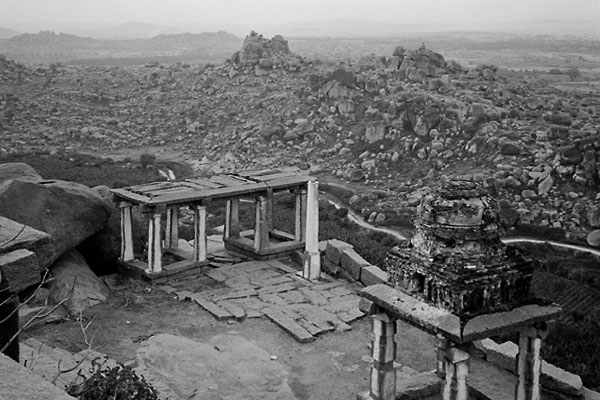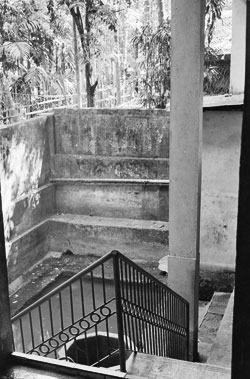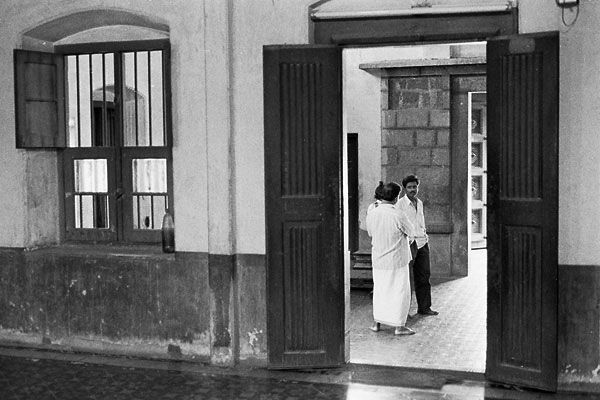alan little’s weblog
film still better?
13th September 2004 permanent link
Brigitte Little (no relation) is also a fan of the great French photographer Raymond Depardon, and wrote to ask my opinion of digital photography. A reply to the email turned into a long unfinished essay (one day I shall just publish everything in my drafts folder and be damned). One answer to an out of control drafts folder is to pull out the bits that are reasonably self contained and finished, such as this on some advantages that film (for the time being) still has over digital photography.
What can you do with chemical photography that you can’t (yet) with digital?
Absolute resolution. Twenty-plus megapixel cameras costing tens of thousands of dollars are nowhere near the resolution of a piece of 4"x5" film in a view camera that you can buy for $1000 or less. (Although to actually do anything with your piece of 4"x5" film, at some stage you're likely to need to run it through a drum scanner also costing tens of thousands of dollars)

Seventy megapixels? Maybe not. This landscape picture was scanned at 3000 dpi from a 6x9 cm negative (shot on a $600 Fuji GW690) and is roughly 7,000 x 10,000 pixels. But if you view the full size version at 100% you can clearly see film grain, so say the effective resolution is actually about a half to a third of the number of pixels. But for about the same amount of money, if you're willing to put up with more hassle you can use a piece of film twice as big in a view camera.
Extreme low light photography. Available light photography in dark yoga studios is one of my favourite photographic games. Digital is way better than colour film in the 800 to 3200 iso range, but I don't know if it can do anything like what you can do with fast black & white film when you’re squeezing out every last drop of light at ISO 6400.

Contrast range: the amount of difference in light intensity you can get in a picture without having either the highlights go to featureless white, or the shadows featureless black. Digital can deal with a similar contrast range to colour slide film. It has nowhere near the range of colour negative film or, especially, black & white film. With digital you probably couldn’t do that wonderful glaring-desert-heat-at-noon thing Depardon does so well.


These pictures of temple interiors in India make no claim to be the world’s greatest photos, or anything like pictures Raymond could have taken in the same places, but they do show black & white film’s ability to show detail both in the shadows inside and the sunlight outside. You couldn’t get away with this with digital.
All these things: absolute resolution, low light sensitivity, contrast range – are technical problems that will be solved. Fuji’s latest could be a major step towards dealing with the contrast range issue.
related entries: Photography
all text and images © 2003–2008